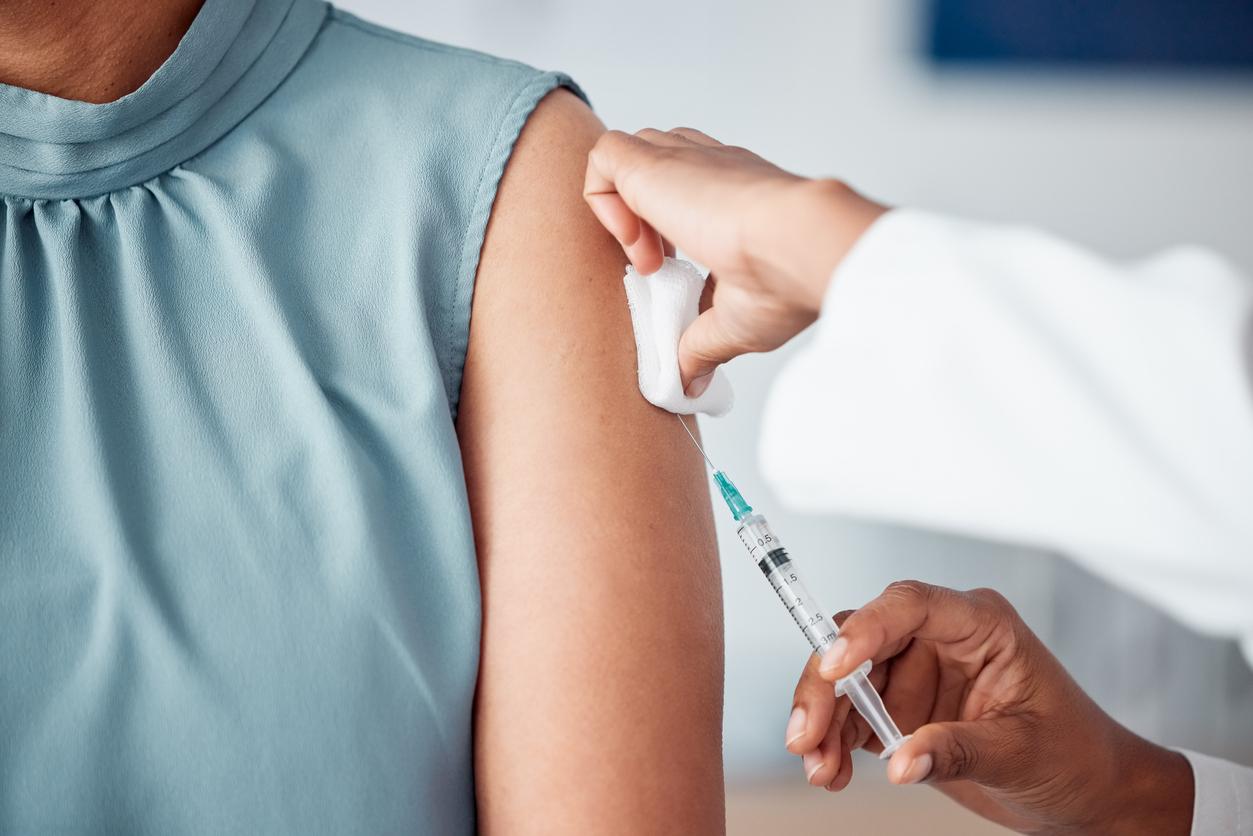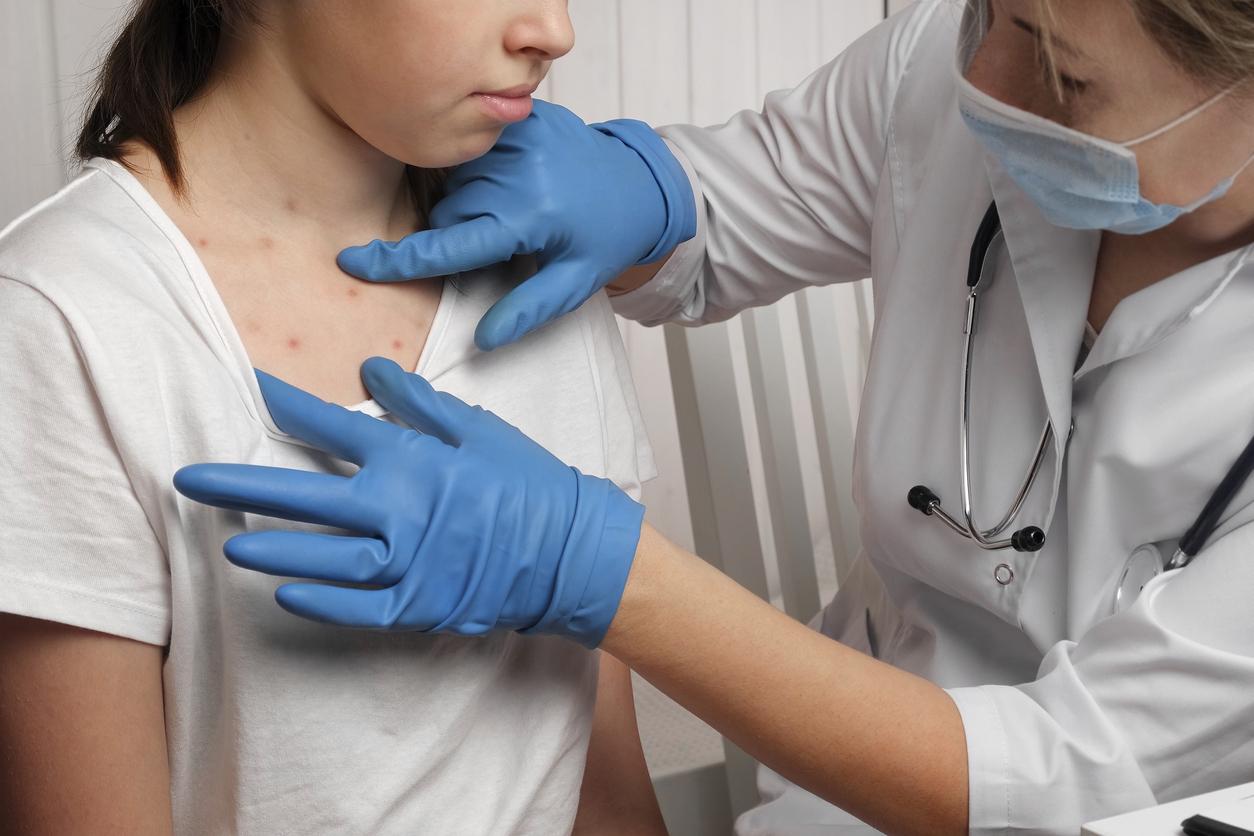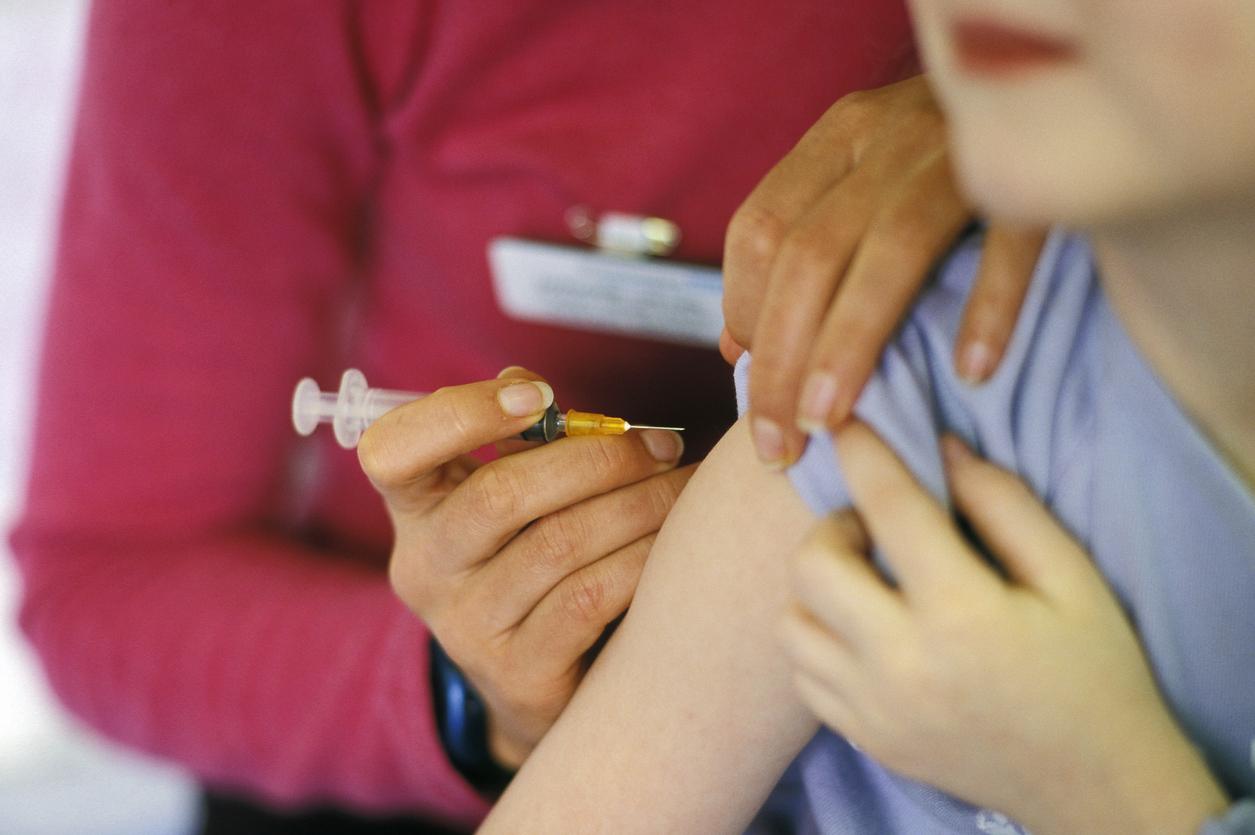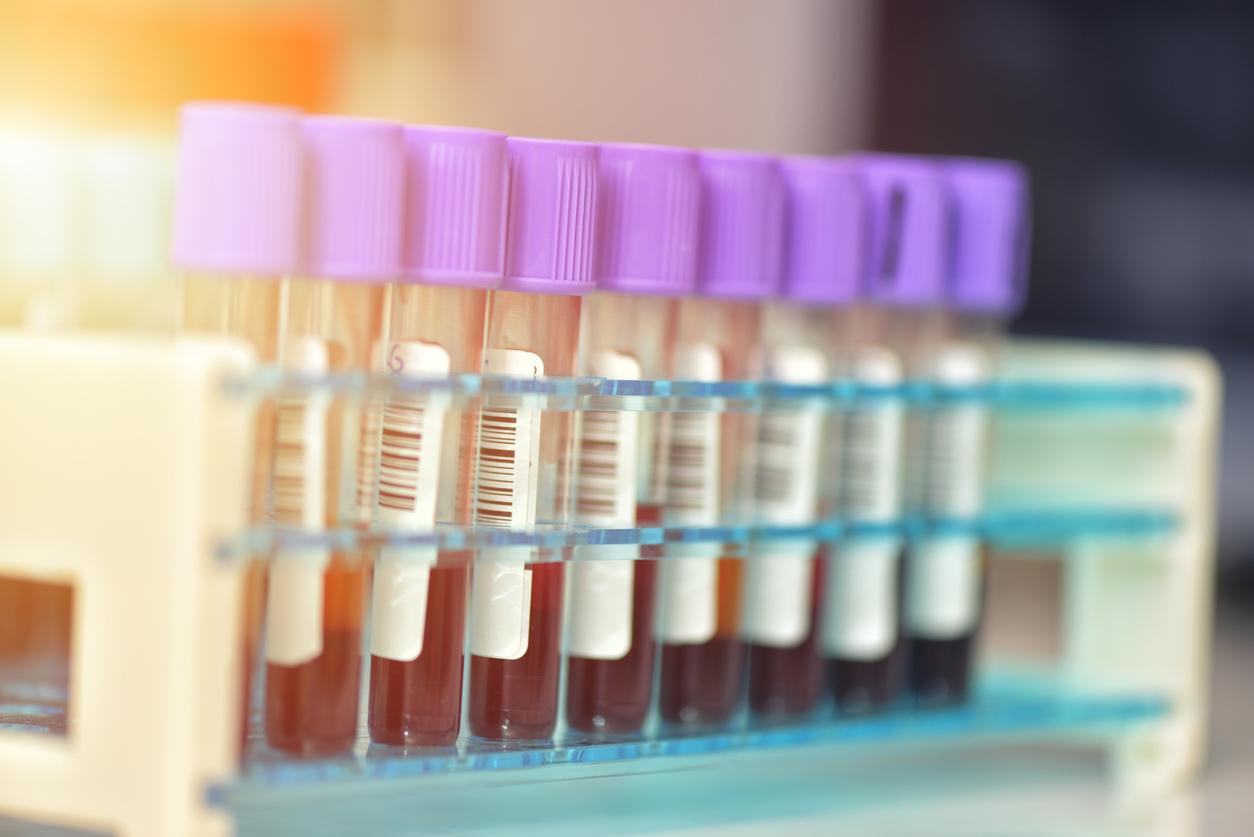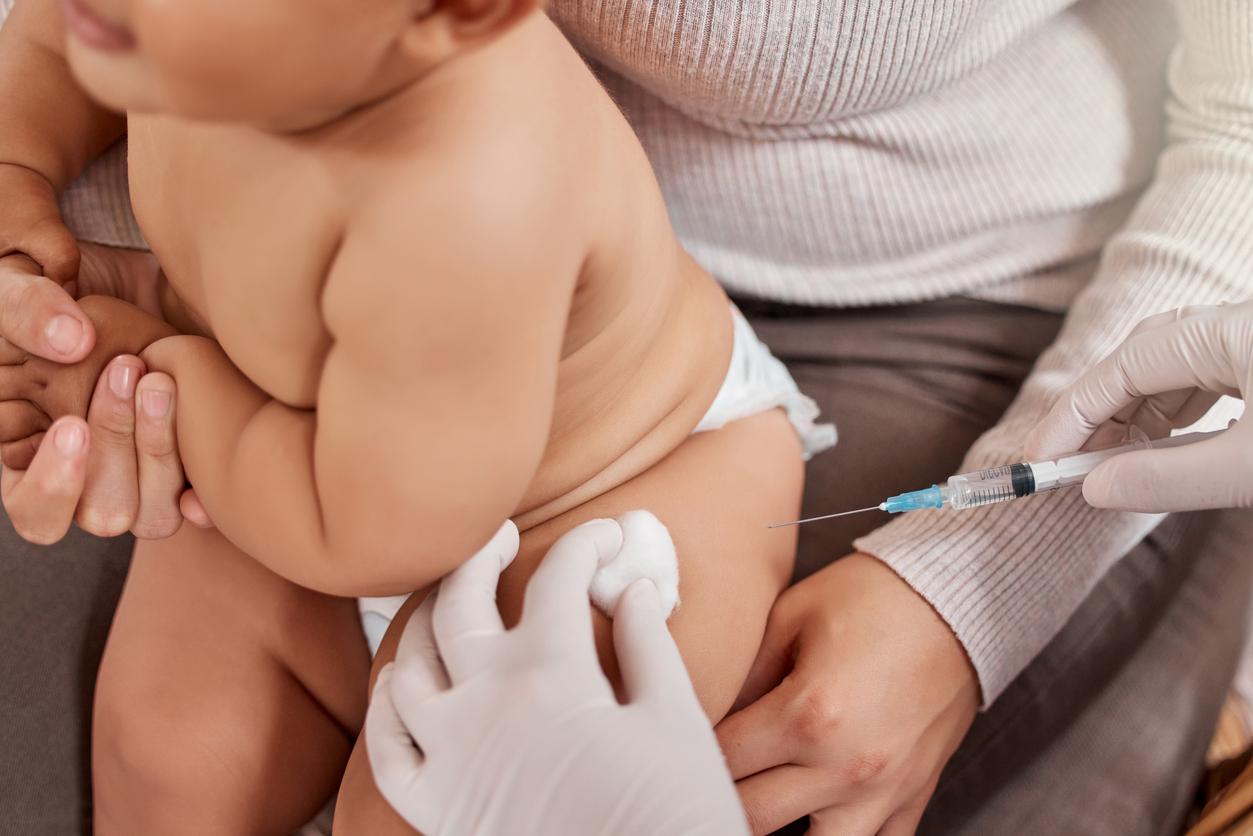More than 25% of infants do not receive mandatory childhood vaccines in the United States. These are mainly babies born into families with low economic resources and a low level of education.
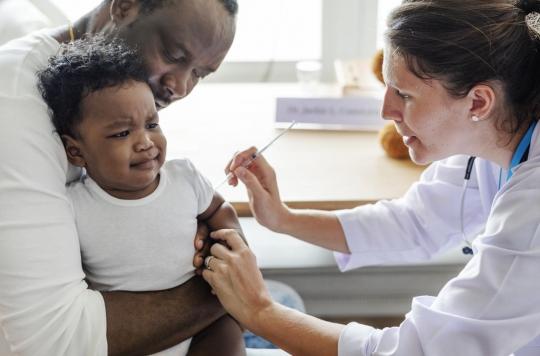
- More than a quarter of American infants did not receive mandatory childhood vaccines in 2018.
- The families that vaccinate their babies the least are those of African-American origin, with low economic income and/or whose mothers have not finished high school.
In the United States, mandatory vaccines for children are not the same in all states. Nevertheless, in most of them, the authorities impose those against hepatitis B, diphtheria, tetanus, poliomyelitis, measles, rubella, mumps and chickenpox. But parents can easily obtain an exemption, for religious, medical, philosophical or even personal reasons. Result, according to a study just published in the journal Health Equity, more than a quarter of American infants had not received the mandatory childhood vaccines in 2018. While the federal government was counting on a goal of 90% of babies vaccinated, only 72.8% of those aged 19 to 35 months had received the full series of vaccines. However, even if the figures remain too low, there was a 30% increase in the total number of infants who received the full series of vaccines over the period studied by the researchers, between 2009 and 2018.
Economic factors do not explain non-vaccination
The scientists analyzed the socio-economic backgrounds of these unvaccinated children. Many of them were of African-American origin, born to mothers who had not completed high school and/or would come from families whose incomes were below the federal poverty level. “These results highlight that there are still significant disparities in protecting infants from preventable disease in the United States, underlines Rajesh Balkrishnan, one of the authors of the study. The low uptake rates of these vaccines in families with low incomes are disheartening, especially since there are federal programs such as Vaccine for Childrenwhich provides them with this service free of charge.”
Federal programs provide mandatory vaccines free of charge
Vaccine for Children is a program funded by the United States federal government. This system, created in the 1990s, delivers these compulsory vaccines free of charge to uninsured children, to those who do not have sufficient insurance or who are eligible for Medicaid. But, despite this type of service, over the ten years studied by the scientists, the difference between families with high and low incomes has increased, to the detriment of the poorest. In fact, in 2018, infants born into households living below the federal poverty level were 37% less likely to receive the full series of vaccines than those from families with annual incomes above $75,000. In 2009, this percentage was much lower: 9%.
Lack of education, one of the causes of vaccine hesitancy
In addition to economic resources, researchers also believe that the level of education plays an increasingly important role in the decision to vaccinate or not a child. According to their results, mothers who had not completed high school had their infants fully vaccinated 27% less than women who had continued their studies. This sociological difference has also greatly increased because between 1995 and 2003, this percentage was 7.8%.
African-American children less vaccinated
Last lesson of this study: African-American infants are less vaccinated than others. The scientists do not give precise figures but point out that the reasons could be linked to several shortcomings. Households of African-American origin would not have sufficient access to care, especially preventive care, they would not trust the health system enough and would not understand or sufficiently measure the risks and benefits of vaccination. The researchers point out, however, that not vaccinating your children exposes them to pathologies that can be fatal. On the other hand, the less babies in a generation are vaccinated, the more the collective immunity of the whole population decreases, which allows diseases to spread.
“These results are particularly important in the context of the current Covid-19 pandemic, insists Rajesh Balkrishnan. Particular attention must be given to vulnerable populations to ensure they have access to these crucial life-saving vaccines.“ So far, 200 million doses of Covid-19 vaccines were administered in the United Statesmore than half of the 328 million inhabitants of this country.
In France, eleven vaccines have been compulsory for children under the age of two since January 1, 2018. These are those against diphtheria, tetanus and poliomyelitis, whooping cough, measles, mumps, rubella, l hepatitis B, meningococcus C, pneumococcus andHaemophilus influenzae b. They are essential to be accepted in daycare, in summer camps as well as in schools.
.









